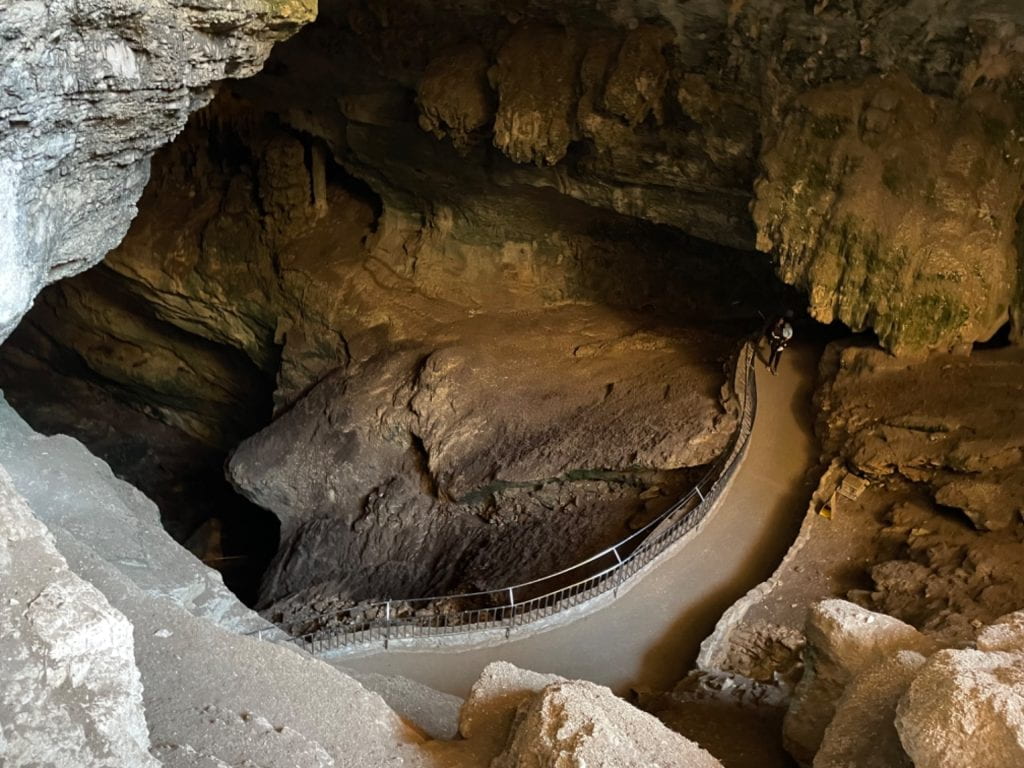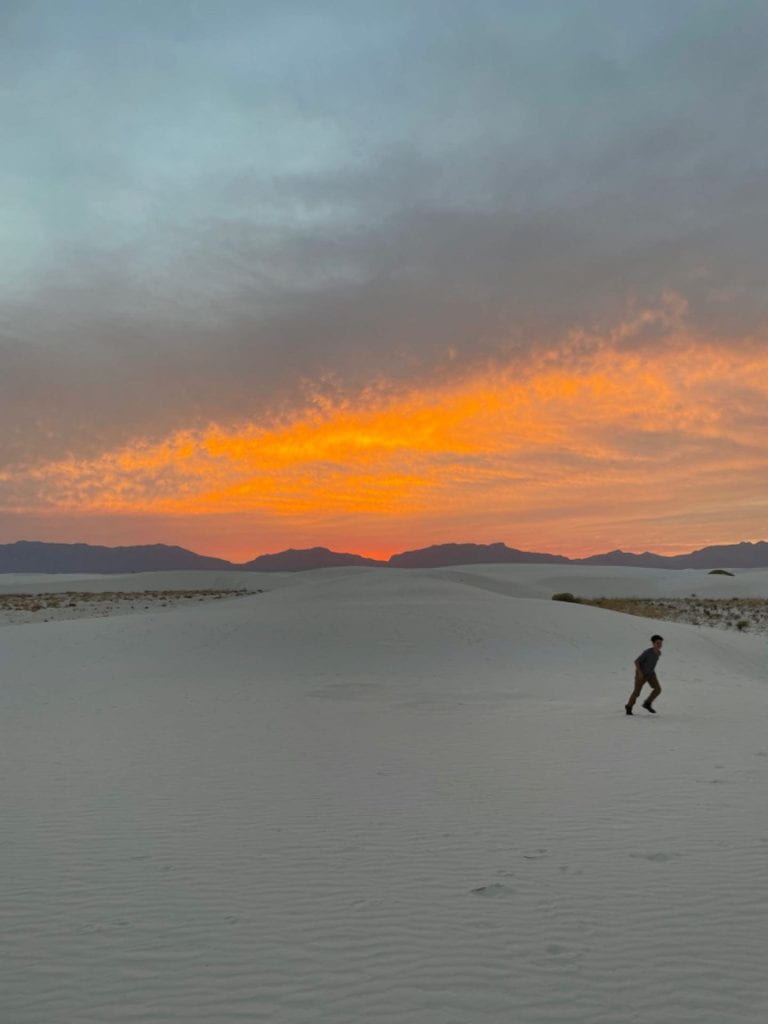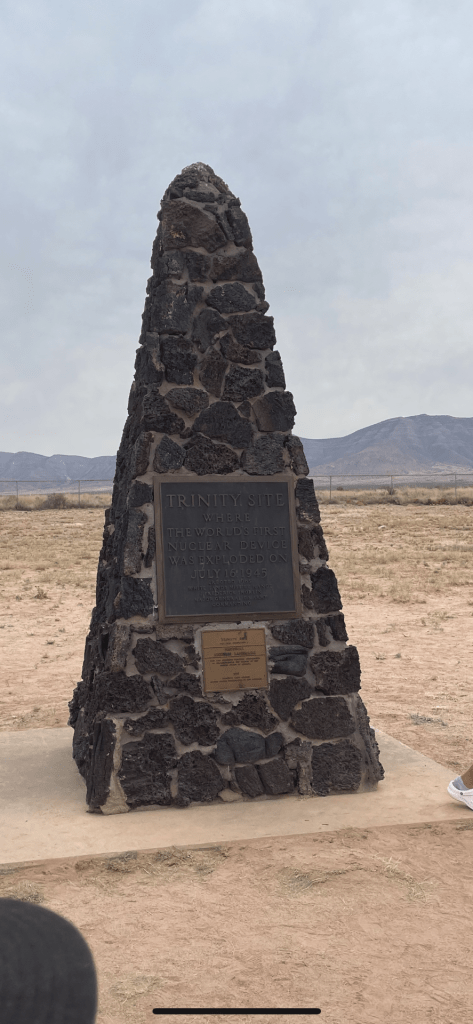tPOL Declaration:
“Thank you for coming to my presentation of learning. I am the expert on my own learning. I am also responsible and accountable for my own learning. You can expect me to give an honest evaluation of my progress. We will discuss my strengths and opportunities for growth. Thank you in advance for listening and for offering feedback that I can use to improve as a learner.”
Introduction:
Over the last school year I completed many assignments and projects that proved my ability as a learner. Today, I hope to show this ability, while answering the driving question:
How can you showcase evidence to demonstrate that PLP Success Behaviours have prepared you to advance to the next grade?
Statement of Learning Intent:
This year I would like to grow in as many areas as possible. Being new to PLP, I will have a lot to learn in all areas over the course of this year which is great,
however, there are definitely certain skill sets that I already know I need to work on. The first area of growth I have in mind for is participation. Usually even if I
have something to say or I know the answer to a particular question I don’t normally raise my hand. I know that participation is a good way to learn because it
keeps you engaged in the topic. Another area I would like to improve in this year is communication. Since I am new to PLP, I don’t know how to communicate as
well as others with technology. I hope to improve in the area by asking people to show me, and learn on my own. I am excited to start learning in PLP this year.
Success Behaviours:
- Agency
- Communication and Collaboration
- Engagement
Agency:
Throughout the school year, my agency skills were highlighted quite a bit. I presented my evidence of agency best in the Manhattan Project in the fall. For this project, I was fortunate enough to get to fly to New Mexico with my classmates and teachers to learn about the Manhattan Project and the atomic bomb. It was a fantastic learning experience for everyone who went and did not disappoint. When we were back at home working on our final products with our groups, I showed agency in taking and offering feedback, making revisions. The final product for this project was to make a digital book about the Manhattan Project, and my group had the idea of making our’s like it was Oppenheimer’s journal. While making our book, I was the designated editor with the job also of making my own chapter. I showed my agency skills when I made the revisions and feedback my peers gave to me, while also giving them feedback too. It also took lots of agency to plan out what we would do in New Mexico to contribute to our peers back at home. We had to plan out what shots we take for when we went to museums and historic sites.Overall, this was a great project to start the year, and my group achieved a mark of proficiency.
Another time I showcased my agency skills was in our Fear Factor project. I loved learning about the cold war this year, so I was excited to hear that we would do two major projects on this topic to display our learning. I displayed my agency skills when we were instructed to use a Zettlekasten to organize our work. Using a Zettlekasten was extremely helpful and is something I will use in future references. I displayed my ability to keep and show my evidence of learning throughout the long project when I did this.
Communication and Collaboration:
Throughout the whole year in PLP 11, I can confidently say that I was a trusted, reliable team member when working in groups. I showed this in the Manhattan Project in the fall, but also in the Who Cares and Why Bother? project in the spring. Although Canadian politics is a very confusing and complicated system, I now understand it much better, in result of this project. I displayed my communication and collaboration skills when I worked with my group because just like before, in the Manhattan Project, whatever task I was given by my group, I completed in a timely matter, to the best of my ability. My group chose to make our final product in a form of a live action video, in which we acted out the “Behind the scenes” of Canadian elections. I researched, edited, revised, and played the part of whatever my group needed. I think this year I did a great job showing my communication and collaboration skills.
Engagement
In Humanities and BCFP this school year, engagement was not my sharpest knife. Listening to my teachers and peers has always been something I have struggled with, however I tried my best. In the Fear Factor project, overall I think I did well, however there were many times where I would catch myself staring into space, thinking about other things, or just not being able to fully listen to my teacher. There were some classes where we would have a lecture from a teacher, or watch an hour long informative video where I would lose concentration often, and in result not be able to contribute to the class and participate. This is definitely something I will continue to work on, carrying on. Although I have had trouble in this realm, I did find some success when taking notes while watching the Cold War documentary, and participating in the socratic seminars. In conclusion, I will continue to aim to get better at this skill.
Conclusion:
In conclusion, this year went well. Although it got a bit hectic toward the middle/end, I learned so much in each class, and growed a lot as a learner. Moving forward, next year in PLP, I will aim more of my focus on engagement and making sure I participate more in class. It will help me tremendously in the long run, and improve my current work. I will also shift my focus onto being prepared for school everyday, by reviewing each days notes and work before I go to school, attend tutorial sessions more often, and ask the teachers for support when I don’t understand something. Thank you for taking the time to listen to my tPOL, and have a nice day.



